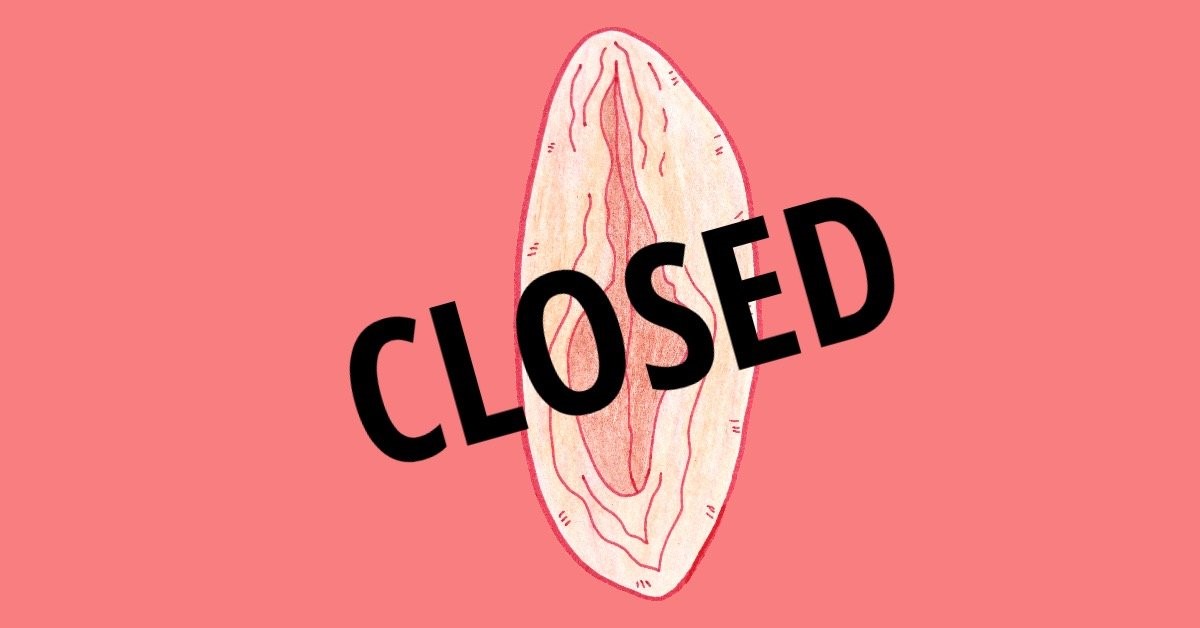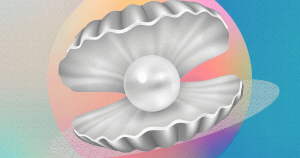Hey! Let’s talk about vaginismus, a condition that affects many people but often goes unnoticed. Did you know that approximately 5-17% of individuals with vaginas experience this involuntary muscle tightening during attempted vaginal penetration? Vaginismus is estimated to affect around 1 in 500 women worldwide.
Moreover, studies have shown that vaginismus can have a significant impact on mental health, relationships, and overall quality of life. By acknowledging these statistics, we can better understand the importance of providing support, education, and resources for those dealing with vaginismus, ensuring they receive the care and empathy they deserve.
Unmasking the Beast: What is Vaginismus?
Diving in, what is vaginismus exactly? As we hinted earlier, vaginismus is when your body goes all ‘fortress mode’ on you, leading to an involuntary contraction of the pelvic floor muscles during penetrative activities. Unpleasant? Absolutely. But hey, understanding what is vaginismus is the first step to conquering this condition.
Unraveling the Web: Causes of Vaginismus
Diving into the nitty-gritty of vaginismus, you might be wondering what causes this condition. It’s a bit like a mystery novel; the plot isn’t always clear-cut. What is vaginismus, you ask? Well, vaginismus is essentially an involuntary contraction of the pelvic floor muscles, and the causes can be a blend of physical and emotional factors.
On the physical side, medical conditions like urinary tract or yeast infections, endometriosis, or complications from childbirth could be culprits.
When it comes to emotional triggers, vaginismus can be a reflection of fear, anxiety, or past traumatic experiences related to penetration. But here’s the catch: Not everyone with these experiences will develop vaginismus. It’s almost like a complex dance between your body and mind, where the steps are unique for everyone. Therefore, it’s essential to be mindful of these potential causes as they can help us detect the early signs of vaginismus, leading to a better understanding of what vaginismus is and how it impacts women’s lives.
Spotting the Signs: Vaginismus Symptoms
Let’s switch gears now and delve into the world of vaginismus symptoms. Much like a chameleon, these symptoms can change their hues and intensities. But what are these vaginismus symptoms exactly?
They can range from mild discomfort to severe pain during attempted penetration, almost like your body is ringing an unwelcome alarm. Other symptoms might include fear or anxiety around penetration and generalized pelvic discomfort. Sometimes, these vaginismus symptoms may not be the loudest voices in the room but they are essential indicators that can help us spot the early signs of vaginismus.
A keener understanding of vaginismus symptoms can help you feel more in control, more informed, and less like a confused tourist lost in a foreign land. Remember, being tuned into these early signs of vaginismus is crucial for effective management and treatment.
Turning the Tables: How to Treat Vaginismus
The million-dollar question now is, how to treat vaginismus? Is there a magic wand to wave or a red button to press? Unfortunately, no. But the good news is, vaginismus is typically highly treatable with the right approach. Treatment generally involves a mix of physical therapy, psychological counseling, and relaxation techniques, all tailored to your specific needs.
Pelvic Floor Therapy and Vaginismus Exercises:
Part of how to treat vaginismus involves getting personal with your pelvic floor. Vaginismus exercises, such as Kegels, can be a fantastic way to regain control of those involuntarily clenched muscles. Think of it as a personal trainer for your pelvic floor, helping you regain control one rep at a time! They support the uterus, bladder, small intestine, and rectum. To do Kegels, you need to squeeze these muscles as if you’re trying to hold in urine or prevent gas from escaping, then release. It’s typically recommended to hold for 5 seconds and then relax for 5 seconds, gradually working up to holding the contractions for 10 seconds at a time. These exercises can be done anytime, anywhere!
But vaginismus exercises might not alone help you solve this issue! So there are other alternatives that will help you on this journey to recovery:
Sex Therapy and Psychological Counseling
Since the mind and body are more connected than a pair of lovebirds, addressing the psychological aspect is a significant part of how to treat vaginismus. This might involve counseling sessions to address any underlying anxieties, fears, or traumatic experiences, ultimately helping you form a healthier relationship with your body. Working with a counselor who specializes in sexual disorders may be helpful.
Relaxation Techniques
Other vaginismus exercises, for those of you who love a touch of Zen, relaxation techniques like meditation, are yoga, and mindfulness. By becoming more aware of your body, you can better control the muscles that are involuntarily contracting in vaginismus. These vaginismus exercises can help reduce overall anxiety and stress, creating a more relaxed, comfortable approach to intimacy.
Vaginal dilators
These are tube-shaped devices that come in various sizes and are used to gently stretch and lengthen the vagina. The practice usually starts with the smallest size and gradually increases as comfort levels improve. It’s like a personal training program for your pelvic muscles.
Remember, all these exercises should be performed under the guidance of a trained professional, like a pelvic floor therapist. Each person’s experience with vaginismus is unique, so the therapeutic approach should also be tailored to individual needs and comfort levels. It’s all about empowering you to regain control over your body in a safe and comfortable manner.
Medications and Surgery
Sometimes, medications like muscle relaxants or anesthetic creams might be used. If a physical abnormality is identified as the cause, surgery could be an option. But remember, every case is unique, and your healthcare provider is the best guide in deciding what’s right for you.
Navigating the Journey
So, we’ve unraveled the mystery of what is vaginismus, explored the possible causes, delved into the symptoms, and discussed how to treat vaginismus. But remember, everyone’s journey is different. What’s important is to remember the early signs of vaginismus and be open to discussing any concerns with your healthcare provider. It might seem like a rocky road, but knowing how to navigate it can make all the difference. With the right knowledge and tools, you can turn the tables on vaginismus and reclaim control over your body. After all, knowledge is power, especially when it comes to understanding vaginismus. Prioritize your sexual health and you’ll open up again!














